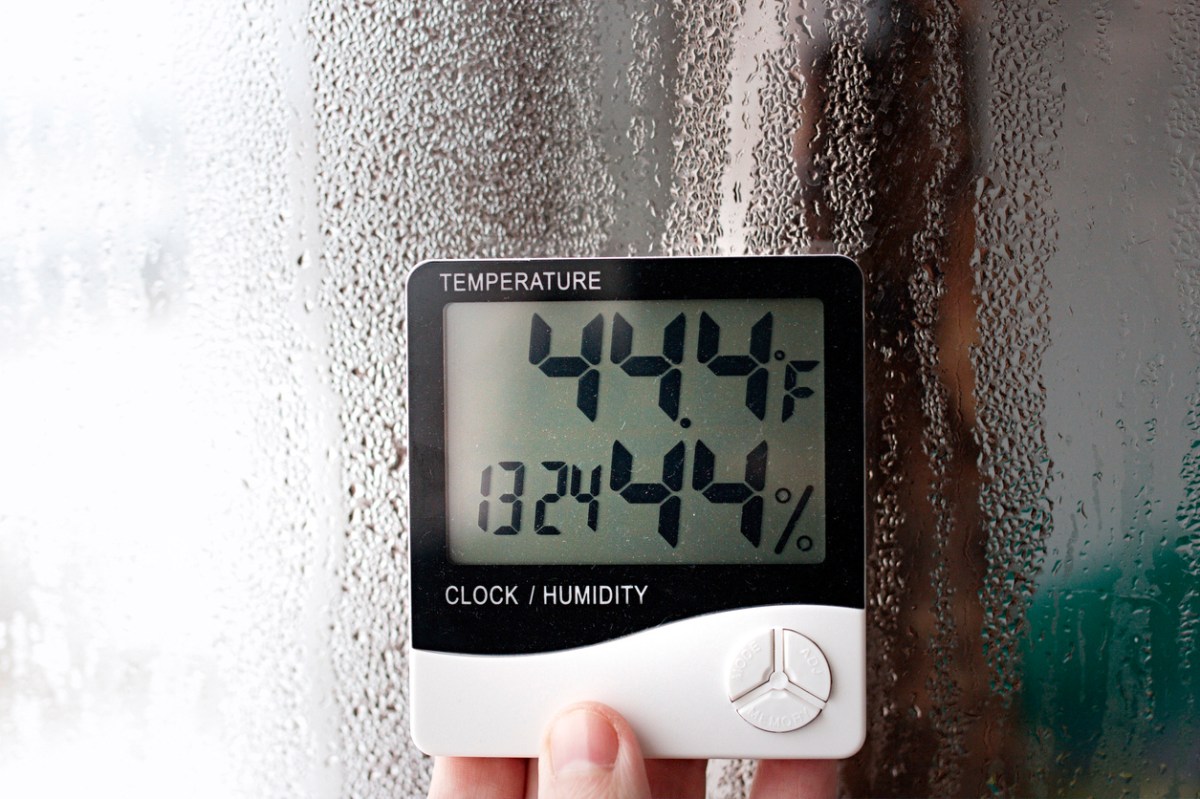The question how does humidity affect transpiration? is intriguing and essential for anyone involved in plant care or environmental science. Understanding the mechanisms by which humidity influences transpiration can offer tremendous insights into plant health and growth. Transpiration is a crucial process for plant survival, impacting water regulation, nutrient uptake, and overall plant dynamics. When we maneuver through various climatic conditions, its pivotal to consider how changes in humidity can alter these processes.

What is Transpiration?
Transpiration is the process of water movement through a plant and its evaporation from aerial parts, such as leaves, stems, and flowers. This process involves the absorption of water from the soil, transportation through the plant, and eventual release into the atmosphere. This is not just about water movement but a key player in pulling nutrients from the soil into the plant.
The Role of Stomata
The stomata are microscopic openings on the leaves, which regulate transpiration. They open and close to control the water loss and maintain the balance within the plant. The functioning of stomata is heavily influenced by external factors like humidity, light, and carbon dioxide levels.
Understanding Humidity
Humidity refers to the concentration of water vapor present in the air. Its an essential component of weather and directly impacts how plants transpire. There are two main types of humidity: absolute and relative. For influences on transpiration, we focus on relative humidity, which measures the current amount of moisture in the air compared to what it can hold at that temperature.
High Humidity Effects on Transpiration
In high humidity conditions, the rate of transpiration decreases. This is because the air’s moisture content is high, resulting in a lower gradient for water vapor to move from the plant to the atmosphere. Plants may reduce their water uptake, leading to less nutrient transport. Such conditions can cause discomfort for plants as they might find it challenging to shed excess moisture.
Low Humidity Effects on Transpiration
Low humidity facilitates a higher rate of transpiration. The dry air results in a greater difference in vapor pressure, encouraging more water loss from the plant through its stomata. While this can be beneficial in terms of cooling the plant, excessive water loss can lead to wilting, especially if soil moisture levels are not adequately replenished.
Balancing Act: Optimal Humidity Levels
An optimal balance of humidity is necessary for maintaining healthy transpiration rates. This involves ensuring the environment neither triggers excessive moisture loss nor restricts the plant’s natural water movement. Typically, plants thrive best at moderate humidity levels, which vary by plant type.
Tools to Monitor and Control Humidity
Controlling indoor humidity levels is crucial, especially for controlled environments like greenhouses. Tools like hygrometers and humidifiers/dehumidifiers can help maintain the right environmental balance. You can learn more about managing indoor air quality here: Common HVAC Problems.
Humidity and Plant Types
Certain plant species are more sensitive to changes in humidity levels. For instance, tropical plants prefer higher humidity, while desert plants have mechanisms to survive in low humidity environments. Understanding these preferences can help create the perfect growing conditions for various plants.
Transpiration: Impact on Global Water Cycles
Transpiration contributes significantly to the global water cycle. While the impact within small environments is crucial, this process also aids in climate regulation on a much larger scale. With substantial areas being covered in vegetation, transpiration releases large quantities of water vapor back into the atmosphere, driving weather patterns and temperature changes.
Guarding Against Negative Effects
While transpiration is vital, too much or too little can hinder plant health. Monitoring both soil moisture and air humidity can prevent such occurrences. For those interested in precise humidity control and understanding potential home impacts, consider visiting this resource: Home Humidity Damage.
Integration with Air Quality
The connection between air cleanliness and humidity levels shouldnt go unnoticed. Good ventilation and air quality maintenance, often discussed in the context of Air Duct Cleaning, indirectly influence the plant transpiration rates by affecting humidity and temperature.
Conclusion
Overall, the relationship between humidity and transpiration is complex yet fascinating, as it can greatly influence a plants ability to thrive. By understanding these processes, individuals can make informed decisions about plant care, ensuring healthy growth environments for gardens, greenhouses, and more. Embrace the science of plant care and adjust the environmental factors for optimal growth and productivity.

FAQs
Why does high humidity reduce transpiration?
High humidity results in a smaller difference between the moisture content in the plant and the air, reducing water vapor movement.
Can low humidity harm plants?
Yes, low humidity can cause excessive water loss, leading plants to wilt if not adequately watered.
How can I monitor humidity levels around my plants?
Using a hygrometer can give you precise readings of moisture in the air, helping you regulate conditions for optimal plant health.






